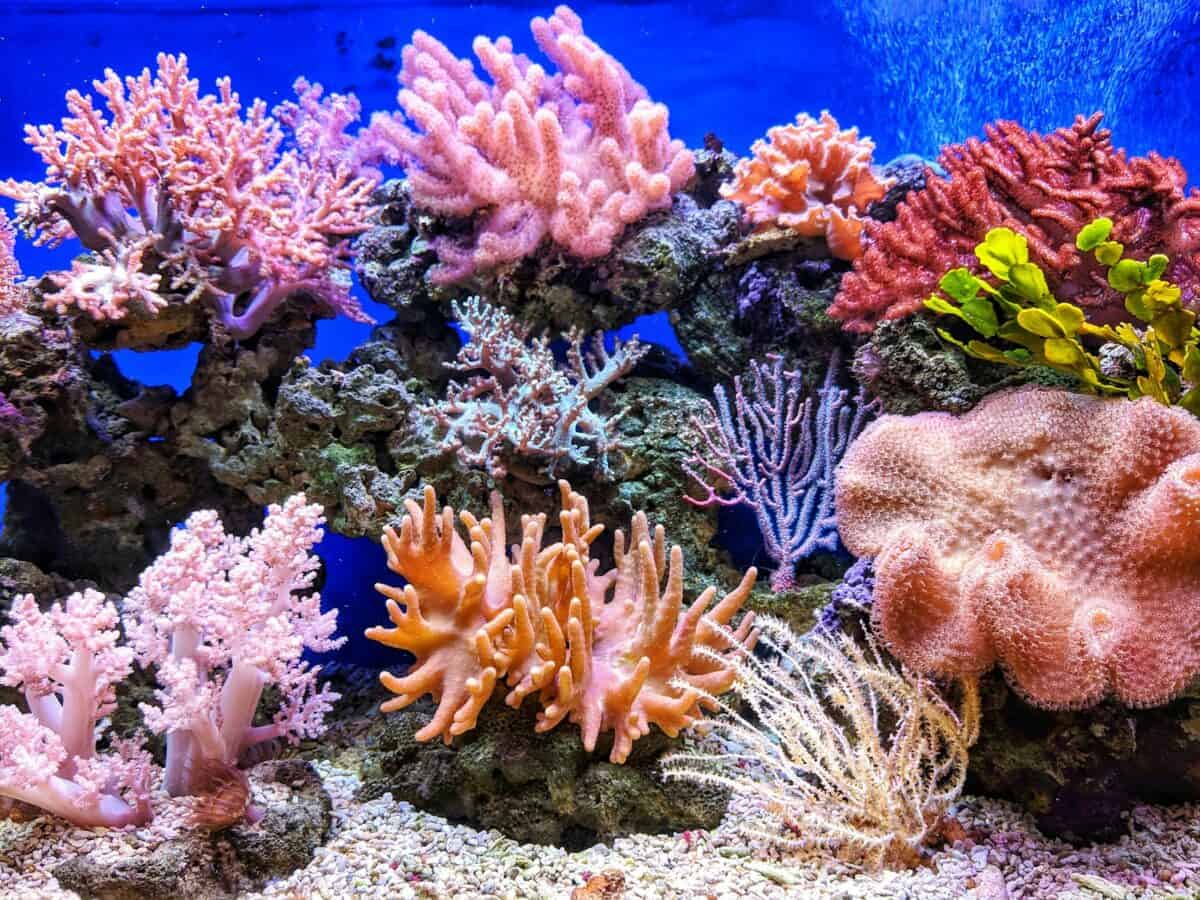Mass spawning events in the ocean represent one of nature’s most spectacular phenomena, where thousands or even millions of marine organisms simultaneously release eggs and sperm into the water column. These synchronized reproductive events are critical for species survival, allowing organisms that remain fixed in place—like corals and many invertebrates—to reproduce sexually despite their immobility. The coordination of these events across vast areas of ocean and among countless individuals reveals the intricate communication networks that exist beneath the waves.
These reproductive spectacles aren’t random occurrences but carefully timed responses to specific environmental cues and biological rhythms. Understanding what triggers mass spawning is crucial not only for marine conservation efforts but also for predicting how climate change might affect marine reproduction in the future. Scientists have identified several key factors that orchestrate these reproductive symphonies, from celestial rhythms to chemical signals that ripple through ocean waters.
Lunar Cycles: The Celestial Timekeeper
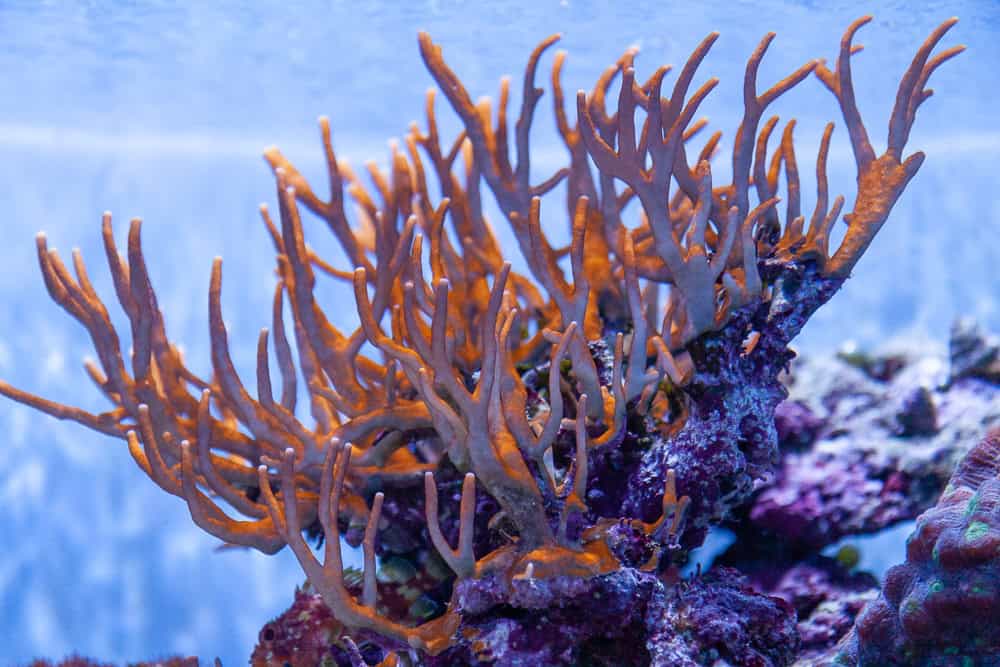
The moon exerts a profound influence on marine spawning events, serving as a primary timekeeper for many species. Coral reefs around the world demonstrate this lunar dependence with remarkable precision. The Great Barrier Reef’s annual coral spawning typically occurs after the full moon in late spring or early summer, when multiple coral species release their gametes in a synchronized fashion. This timing is so precise that scientists can predict the night and even the hour when spawning will occur based on the lunar calendar.
The lunar influence works through several mechanisms. Moonlight intensity provides visual cues to organisms, while gravitational forces affect tidal patterns, water pressure, and circulation. Many marine species have evolved internal biological clocks that track the approximately 29.5-day lunar cycle, allowing them to coordinate reproduction even in laboratory settings with artificial lighting. This lunar entrainment ensures that gametes from different individuals are released simultaneously, maximizing fertilization success in the vast ocean.
Seasonal Temperature Changes: The Environmental Signal

Water temperature serves as a critical trigger for mass spawning events across various marine ecosystems. Many species require specific temperature thresholds to initiate gametogenesis (the production of eggs and sperm) and subsequent spawning. For corals in tropical regions, spawning often coincides with seasonal temperature increases that typically occur in spring or early summer. These temperature changes signal favorable conditions for larval development and survival, prompting the synchronized release of reproductive cells.
The temperature dependence explains why mass spawning events occur at different times in different locations around the world. For example, coral spawning on the Great Barrier Reef typically happens in November or December (austral spring/summer), while similar events in the northern Red Sea occur during summer months. This temperature sensitivity also makes mass spawning events particularly vulnerable to climate change, as rising ocean temperatures and marine heatwaves can disrupt the precise timing mechanisms that have evolved over millennia.
Photoperiod: Daylight as a Reproductive Timekeeper
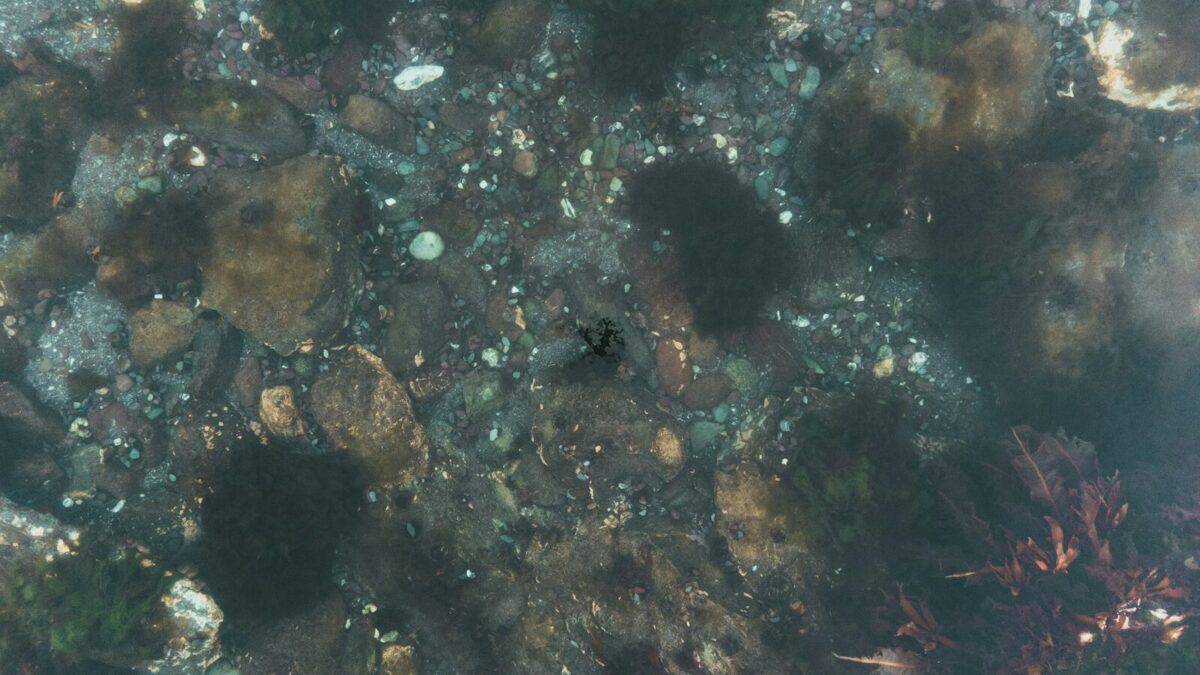
The changing length of daylight throughout the year—known as photoperiod—provides another crucial timing mechanism for mass spawning events. Many marine organisms possess photoreceptors that detect subtle changes in day length, allowing them to track seasonal progression. This photoperiodic sensitivity helps coordinate reproductive readiness over longer time scales, ensuring that gamete development reaches completion during optimal environmental conditions for offspring survival.
For species in temperate and polar regions, where seasonal light variations are more dramatic, photoperiod often serves as the primary seasonal cue. Even in tropical areas, where day length changes less dramatically throughout the year, subtle photoperiodic shifts can still contribute to reproductive timing. These light-dependent mechanisms work in concert with temperature and lunar cues to fine-tune spawning synchronization, demonstrating the multi-layered timing systems that have evolved in marine organisms.
Chemical Signaling: The Underwater Communication Network
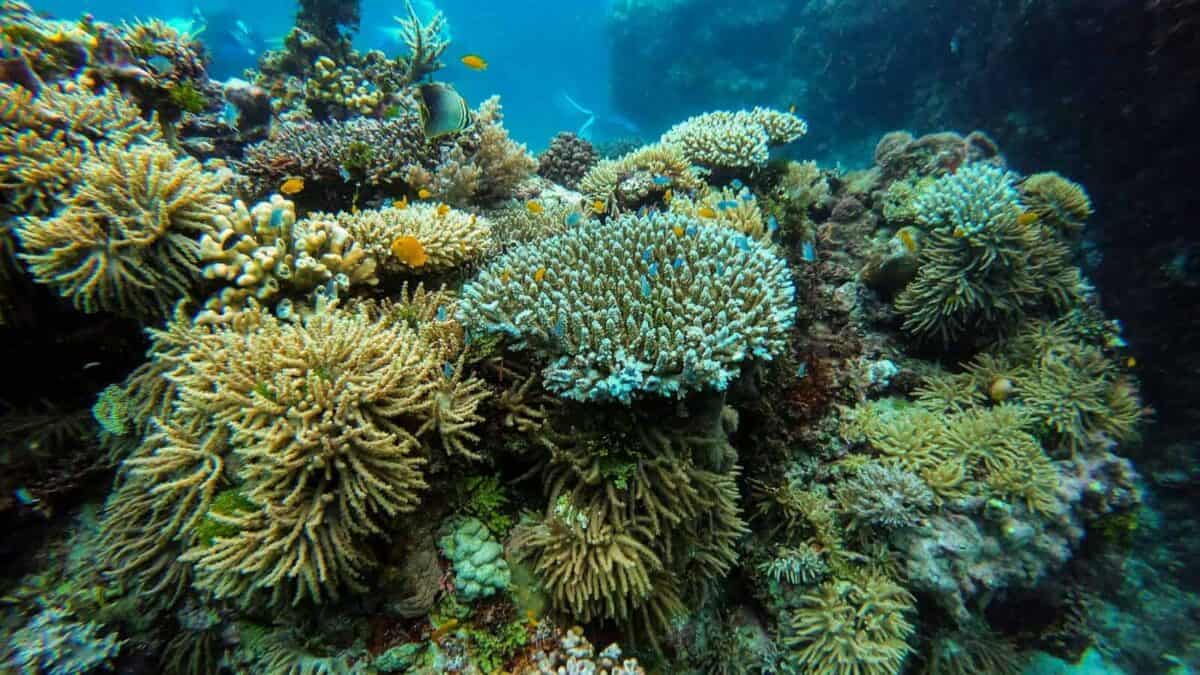
Once environmental conditions are right, many marine species rely on chemical signals to achieve precise spawning synchronization. When early spawners release their gametes, they often simultaneously release species-specific pheromones into the water. These chemical messengers trigger neighboring individuals to spawn, creating a cascading effect that can spread rapidly through a population. This chemical communication ensures that even slight variations in individual response times to environmental cues don’t prevent successful synchronization.
Scientists have documented this phenomenon particularly well in corals, where early-spawning colonies release chemical compounds that induce spawning in nearby colonies. Similar mechanisms exist in sea urchins, mollusks, and various fish species. The chemical signaling systems demonstrate remarkable specificity, with organisms responding primarily to signals from their own species while ignoring chemical cues from others. This specificity helps maintain reproductive barriers between similar species that might occupy the same habitat but need to avoid cross-fertilization.
Tidal Patterns: Rhythm of the Waves
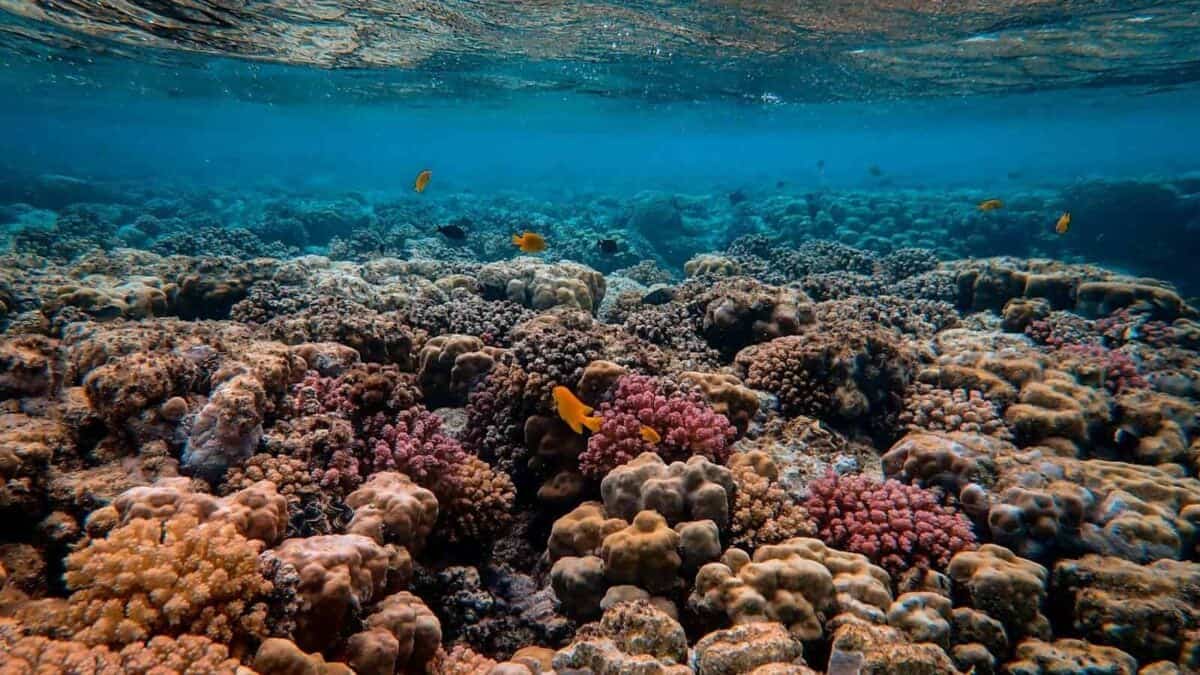
Tidal cycles provide another critical timing mechanism for mass spawning events, particularly for species in intertidal and shallow coastal environments. Many marine organisms synchronize their reproduction with specific tidal conditions—such as spring tides (when tidal range is greatest) or neap tides (when tidal range is minimal)—to optimize gamete dispersal and fertilization success. These tidal rhythms are especially important for species whose larvae require specific water movements to reach suitable settlement habitats.
The grunion, a small silverside fish native to California, offers a spectacular example of tide-synchronized spawning. During spring tides following the full and new moons, these fish ride high waves onto beaches, where females dig into the sand to lay eggs that males then fertilize. The timing ensures that the next spring tide will wash the hatched larvae back to sea. Similarly, palolo worms in the South Pacific time their reproductive swarms to specific lunar phases and tidal conditions, creating predictable annual events that local communities have harvested for centuries.
Weather Events: Storms as Spawning Triggers
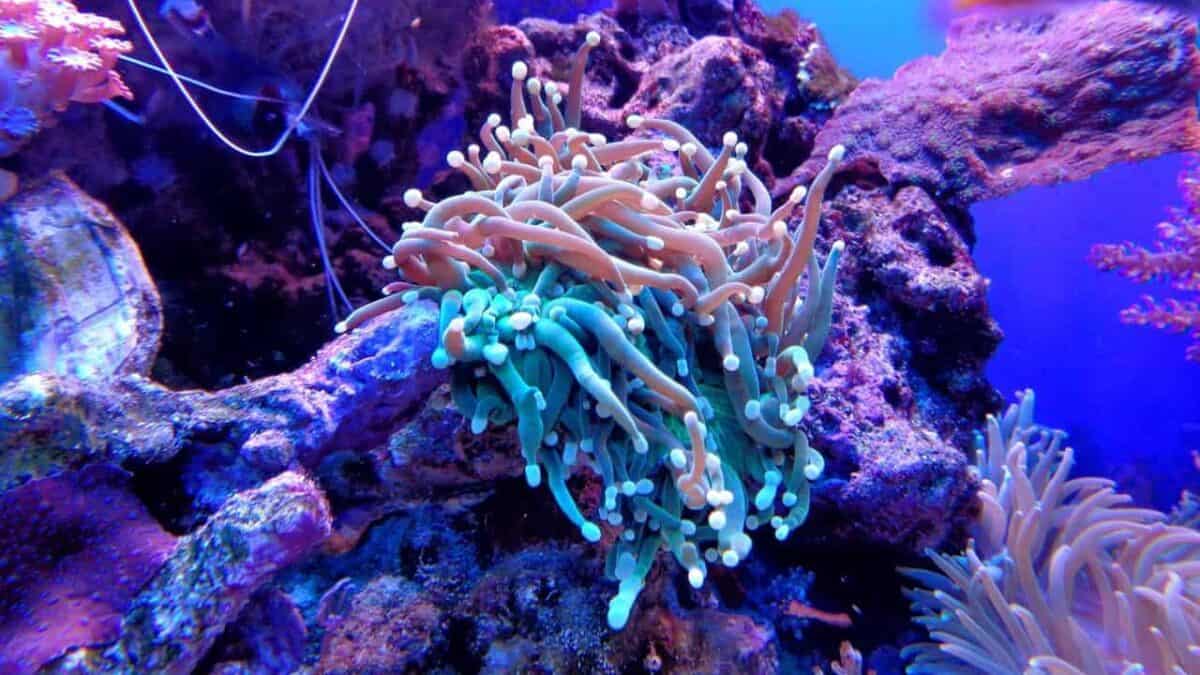
Unexpected weather events, particularly tropical storms and cyclones, can serve as powerful triggers for mass spawning in certain marine species. Research has shown that rapid drops in barometric pressure associated with approaching storms can induce synchronous spawning in some coral species and other marine invertebrates. These pressure changes may signal favorable conditions for larval dispersal, as storm-generated currents can transport larvae over greater distances than normal ocean circulation patterns.
While seemingly counterintuitive, spawning during turbulent conditions offers evolutionary advantages. Storm-generated mixing of ocean waters can break down thermal stratification, bringing nutrient-rich deeper waters to the surface and potentially creating food-rich environments for developing larvae. Additionally, predation pressure on eggs and larvae may decrease during storms as visual predators have difficulty targeting prey in turbid, agitated waters. These adaptations highlight the complex ways marine organisms have evolved to exploit even challenging environmental conditions for reproductive success.
Biological Clocks: Internal Timing Mechanisms

Underlying the response to external environmental cues are sophisticated biological clocks that marine organisms use to track time. These internal chronometers operate at multiple scales—daily (circadian), lunar (circalunar), and annual (circannual)—allowing organisms to anticipate cyclical environmental changes rather than simply reacting to them. Molecular research has revealed that these biological clocks involve complex gene networks that regulate hormone production and cellular processes related to reproduction.
The precision of these internal timing mechanisms is remarkable. Studies of corals maintained in laboratory settings with artificial lighting and constant temperature have shown they can still spawn at approximately the same time they would in their natural habitat. Even more impressively, different coral species collected from various locations around the world and kept in the same aquarium will maintain their native spawning schedules for several cycles. This internal timekeeping ability ensures that reproductive timing remains stable even when environmental cues fluctuate slightly from year to year.
Resource Availability: Fueling Reproduction

The energetic demands of reproduction are substantial, requiring organisms to accumulate sufficient nutritional resources before spawning. Mass spawning events often follow periods of peak food availability or algal blooms that provide the energetic reserves needed for gamete production. For corals, the timing of spawning typically occurs after they have stored enough energy from their symbiotic algae (zooxanthellae) during favorable conditions for photosynthesis.
This resource dependency creates another layer of environmental synchronization, as many species in the same ecosystem respond to similar patterns of productivity. In temperate and polar seas, where primary productivity shows strong seasonal patterns, mass spawning events often coincide with spring or summer phytoplankton blooms. The link between resource availability and reproduction also explains why reproductive output can vary dramatically between years depending on environmental conditions, with poor nutrition years resulting in reduced spawning participation or intensity.
Climate Change: Disrupting Ancient Timing Mechanisms

The precisely synchronized timing mechanisms that govern mass spawning events are increasingly threatened by climate change and other anthropogenic impacts. Rising ocean temperatures can disrupt the thermal cues that many species rely on, potentially causing spawning to occur too early or too late relative to optimal environmental conditions. Ocean acidification may interfere with chemical signaling pathways that coordinate spawning, while light pollution in coastal areas can disrupt photoperiod and lunar light cues.
Scientists have already documented cases of spawning asynchrony in previously well-synchronized coral populations, with concerning implications for reproductive success. When different colonies or species spawn on different nights, the concentration of gametes in the water column decreases, reducing fertilization rates. Climate-driven changes in ocean currents can also affect larval dispersal patterns, potentially preventing larvae from reaching suitable settlement habitats. These disruptions represent a significant threat to marine biodiversity, particularly for species that rely heavily on mass spawning for reproduction.
Evolutionary Advantages: Why Mass Spawning Persists
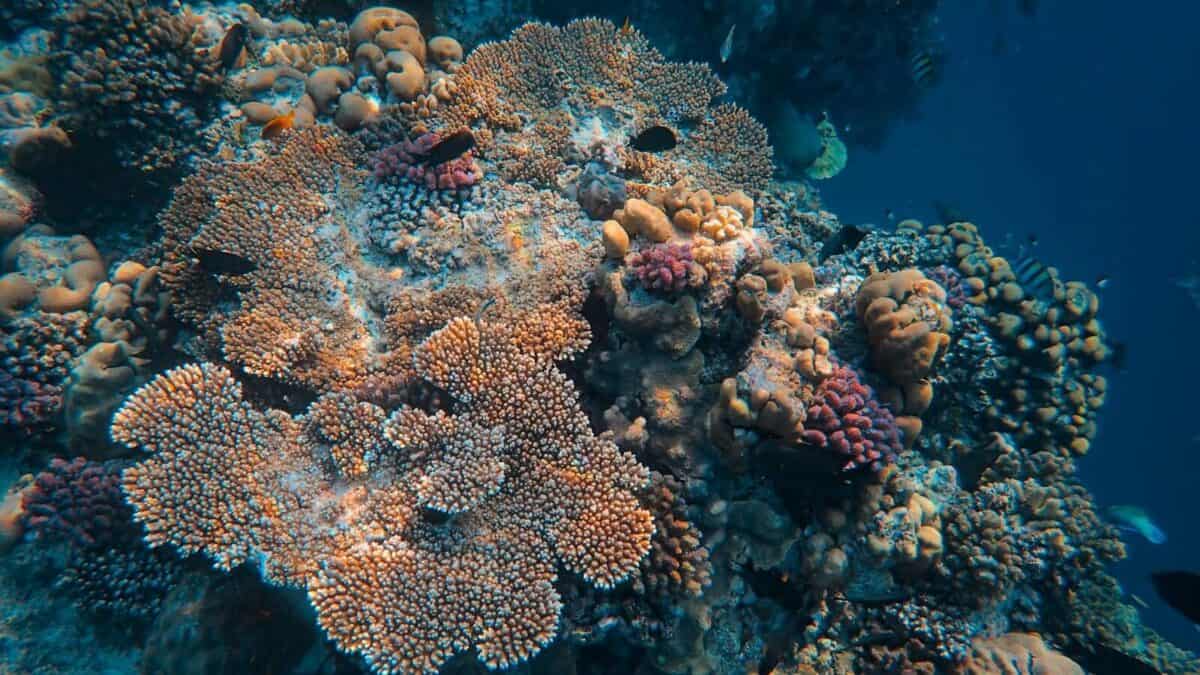
The widespread occurrence of mass spawning across diverse marine taxa suggests powerful evolutionary advantages to this reproductive strategy. The most obvious benefit is increased fertilization success—by flooding the water column with gametes, broadcast spawners overcome the dilution effect of the vast ocean. Synchronization also creates a “predator satiation” effect, where the sudden abundance of eggs and larvae overwhelms the capacity of predators to consume them, ensuring that some offspring survive despite heavy predation.
Mass spawning also promotes genetic diversity through cross-fertilization among many individuals. This genetic mixing creates offspring with varied traits, some of which may be better adapted to changing environmental conditions. Additionally, the dispersal of larvae during mass spawning events facilitates gene flow between geographically separated populations, maintaining genetic connectivity across large areas. These evolutionary advantages explain why mass spawning has independently evolved multiple times across different marine lineages, from ancient corals to modern fish species.
Remarkable Examples: Nature’s Most Spectacular Spawning Events

Among the most famous mass spawning phenomena is the annual coral spawning on the Great Barrier Reef, often described as the ocean’s largest reproductive event. During a few nights following the full moon in late spring, more than 400 coral species release bundles of eggs and sperm in a synchronized display so vast it’s visible from space. The water becomes clouded with pink and white gamete bundles rising to the surface like underwater snowfall in reverse, creating what scientists poetically call “coral sex in the sea.”
Equally impressive are the spawning aggregations of Nassau groupers in the Caribbean, where thousands of fish migrate to specific locations for synchronized breeding. The annual palolo worm swarms in the South Pacific represent another spectacular example, where the posterior portions of the worms, filled with reproductive cells, break off and swim to the surface in such densities that they turn the ocean surface into a writhing mass. The annual grunion runs on California beaches, where thousands of fish briefly flop onto shore to spawn, draw crowds of amazed human observers. These examples highlight not only the biological significance of mass spawning but also its cultural importance to coastal communities worldwide.
The Future of Mass Spawning in Changing Oceans

Understanding the triggers of mass spawning events has never been more crucial as our oceans face unprecedented changes. The complex interplay of environmental cues that orchestrate these reproductive symphonies represents one of nature’s most remarkable timing systems, evolved over millions of years of natural selection. As scientists continue to unravel these mechanisms, they gain vital insights not only into marine biology but also into the fundamental processes that synchronize life with Earth’s rhythms.
Conservation efforts increasingly focus on protecting the conditions necessary for successful spawning, from establishing marine protected areas around known spawning aggregation sites to reducing coastal light pollution that disrupts lunar cues. The timing of mass spawning events also serves as a sensitive indicator of ecosystem health, with changes in spawning synchrony potentially providing early warnings of environmental stress. Through continued research and conservation action, we can work to ensure these spectacular natural phenomena continue to replenish ocean ecosystems for generations to come.
- 23 Popular Dog Breeds Illinois Vets Secretly Wish You’d Stop Choosing - August 25, 2025
- How Ocean Animals Are Affected by Climate Change - August 25, 2025
- Saving the Atlantic Sturgeon—The Dinosaur Fish of the East Coast - August 25, 2025

